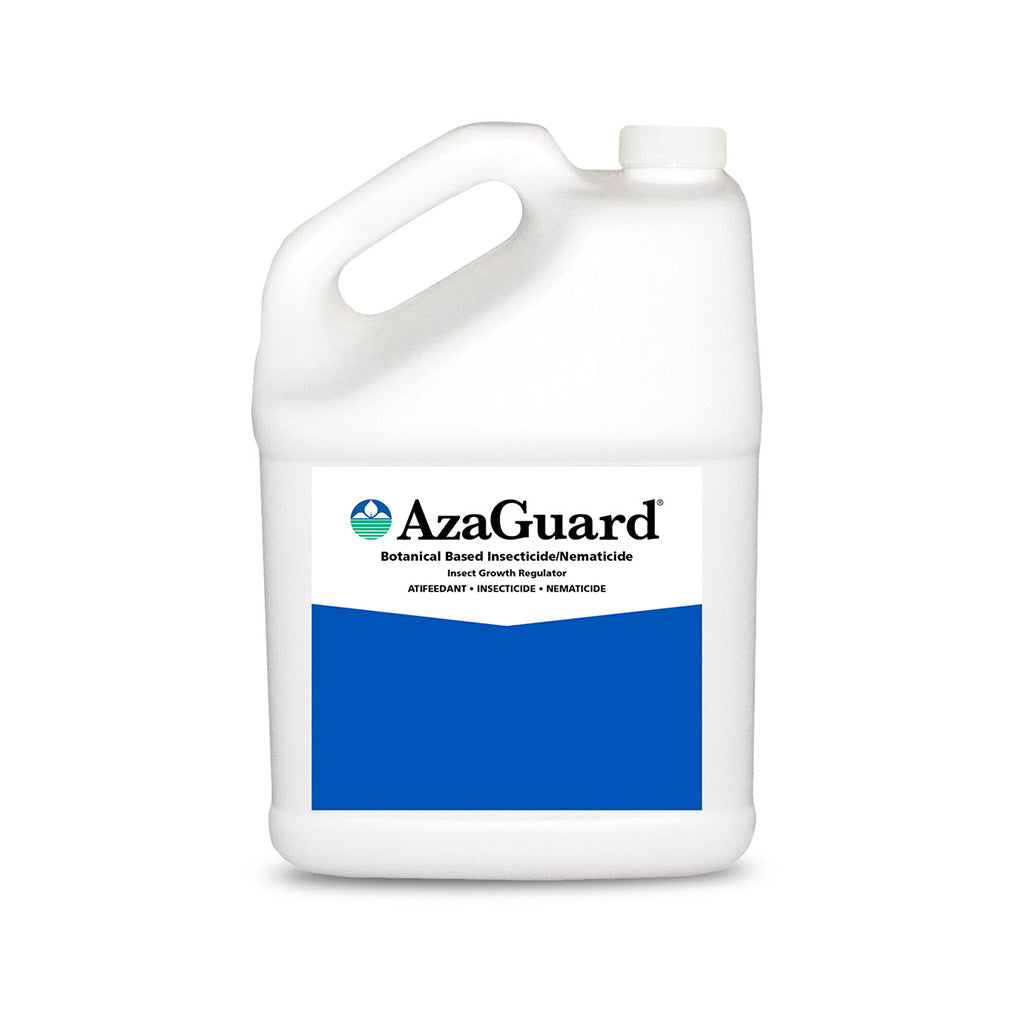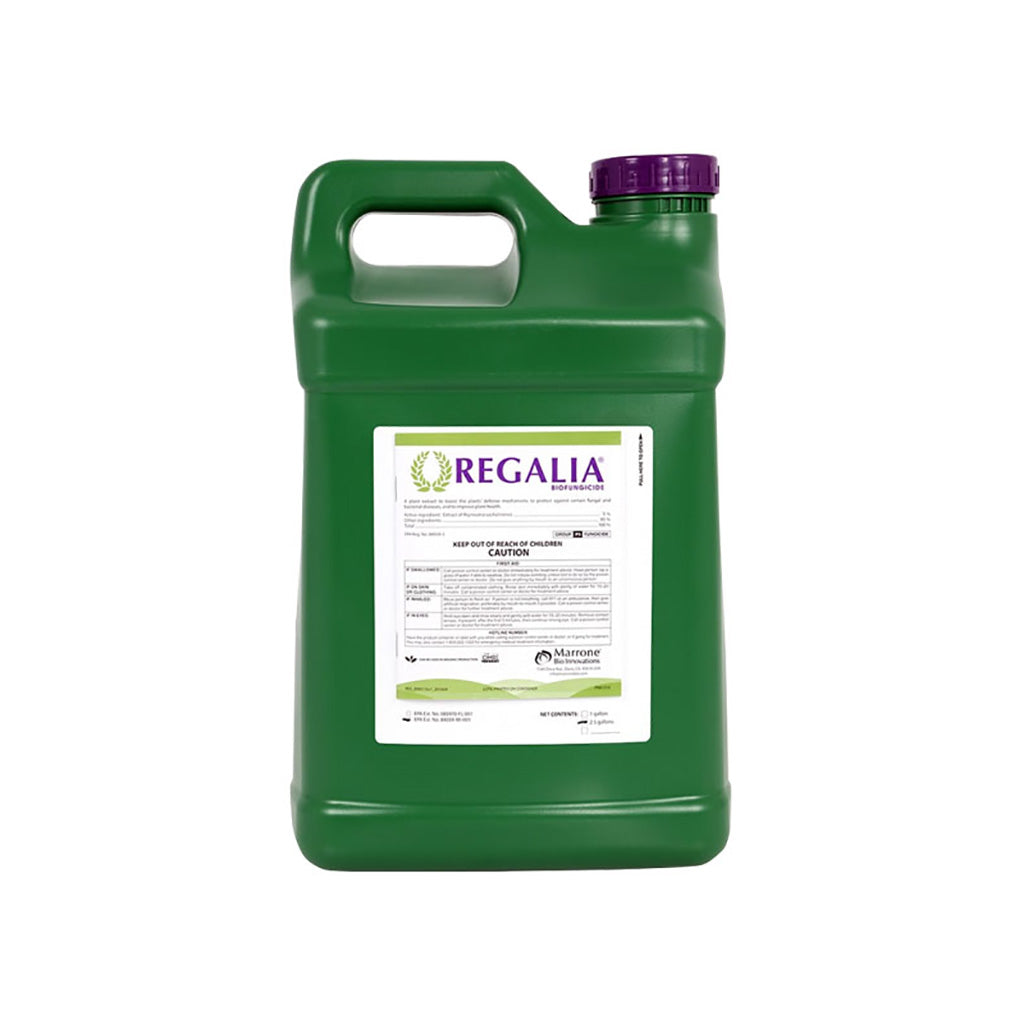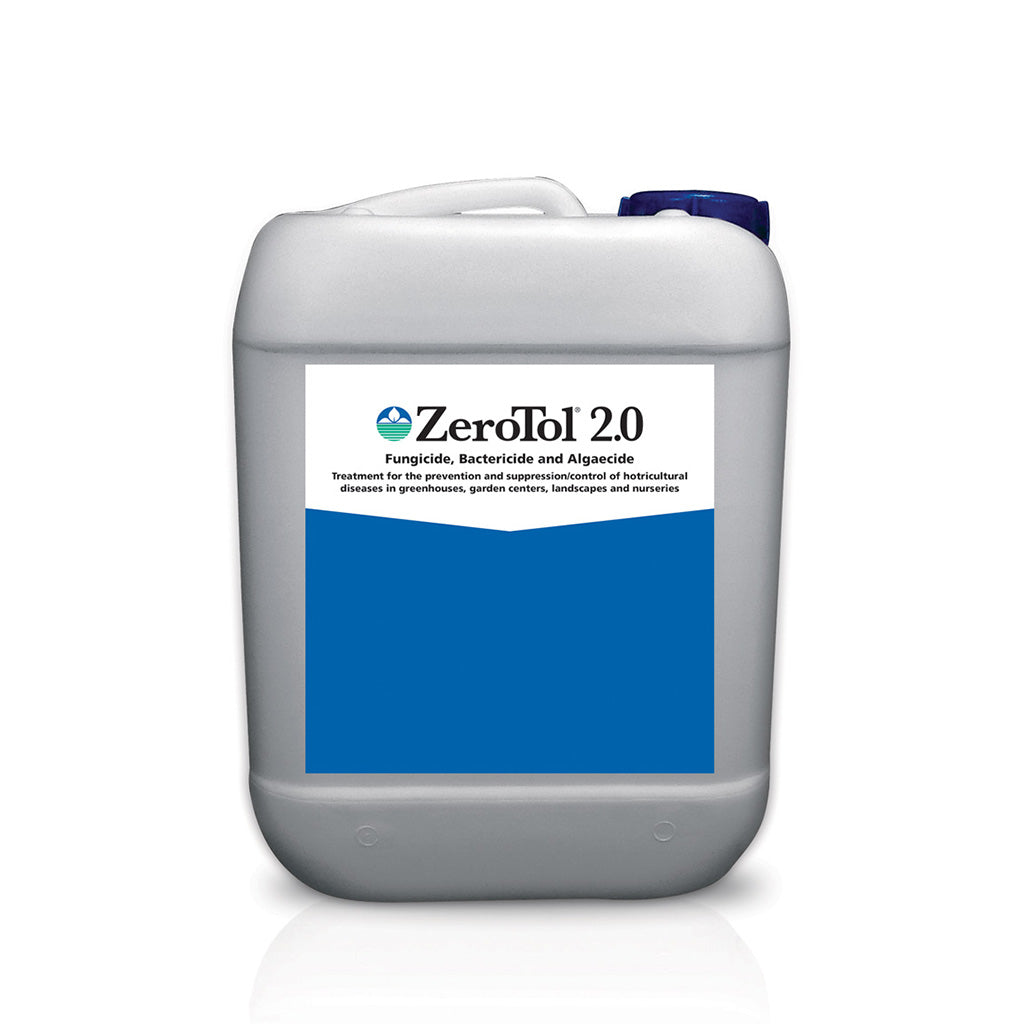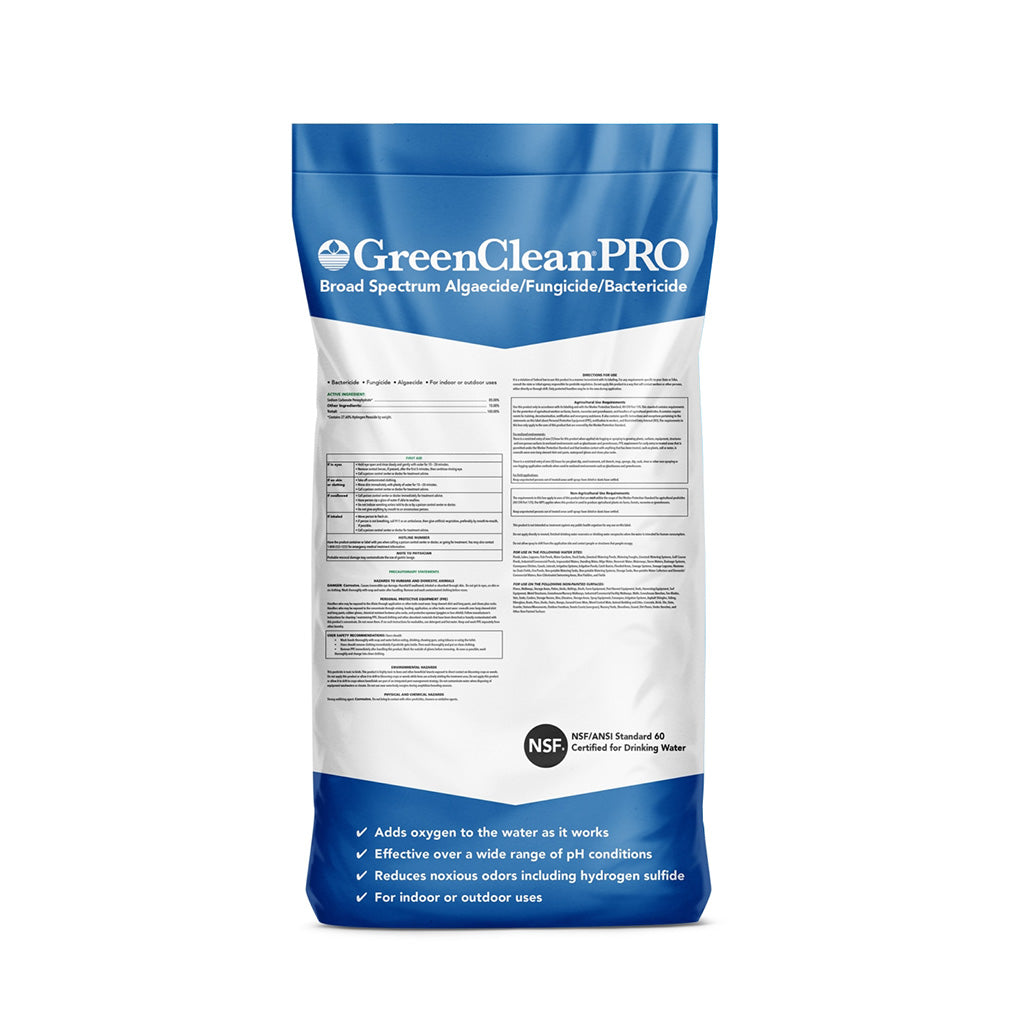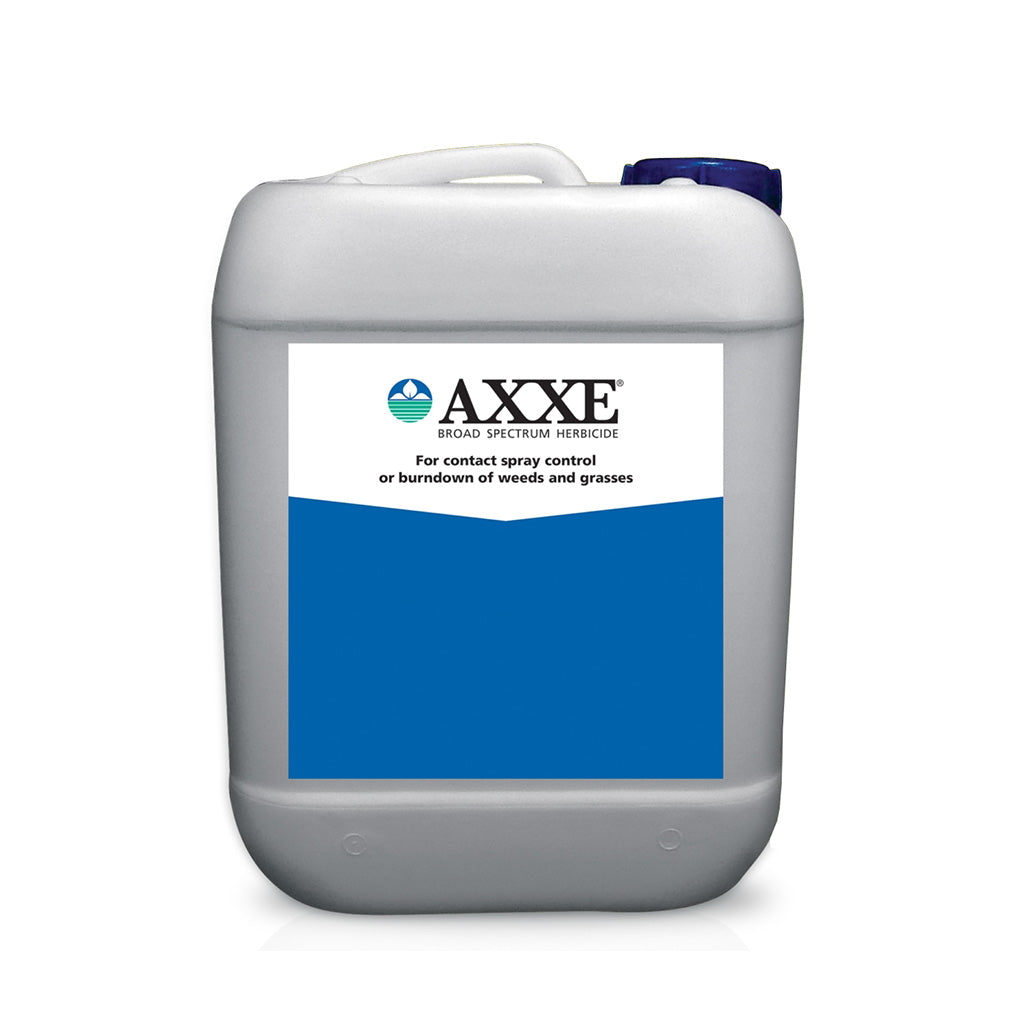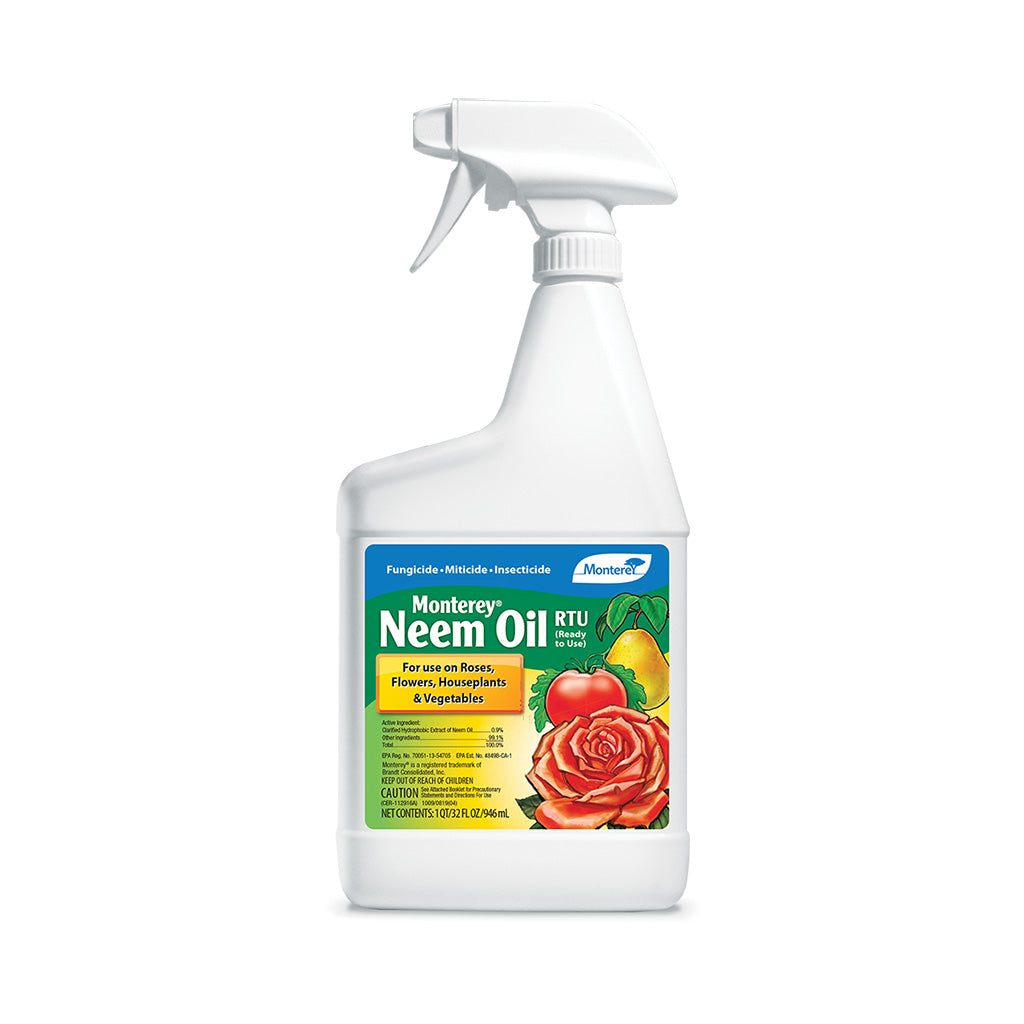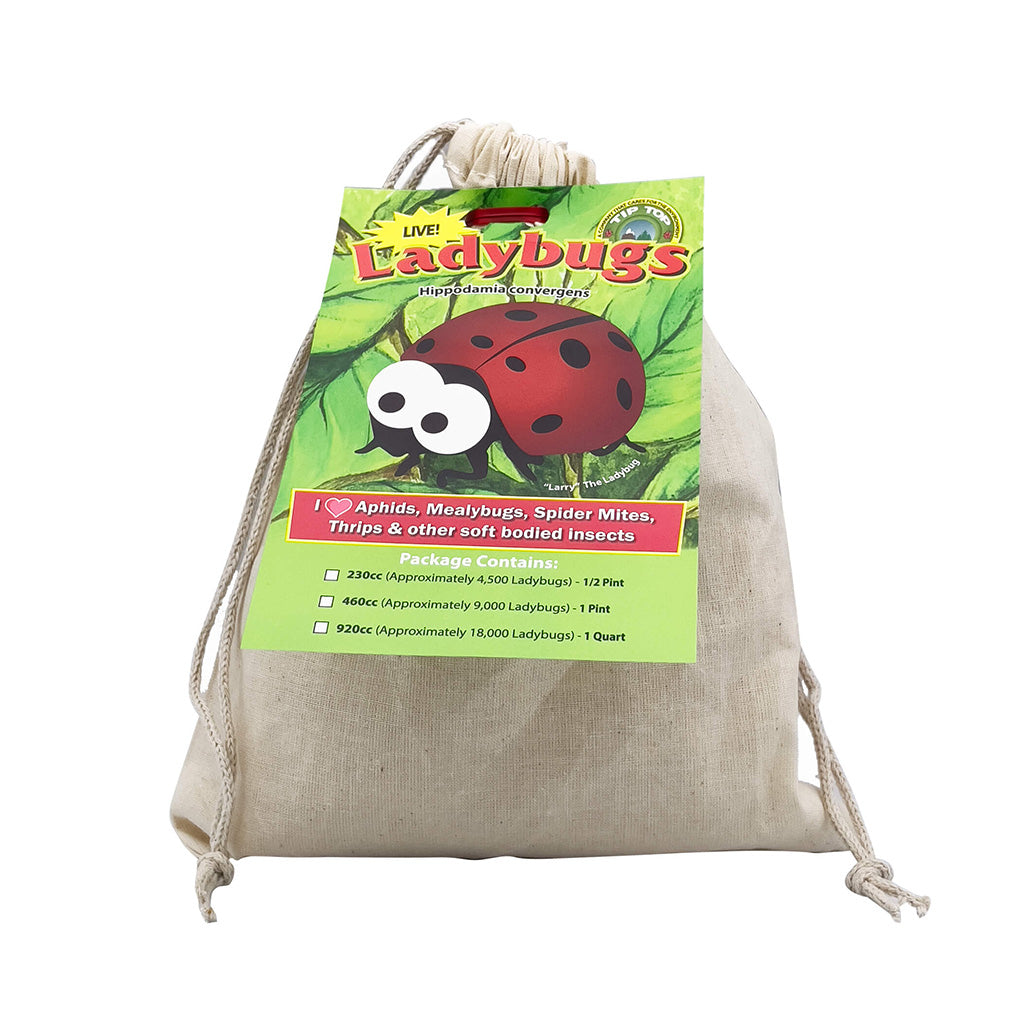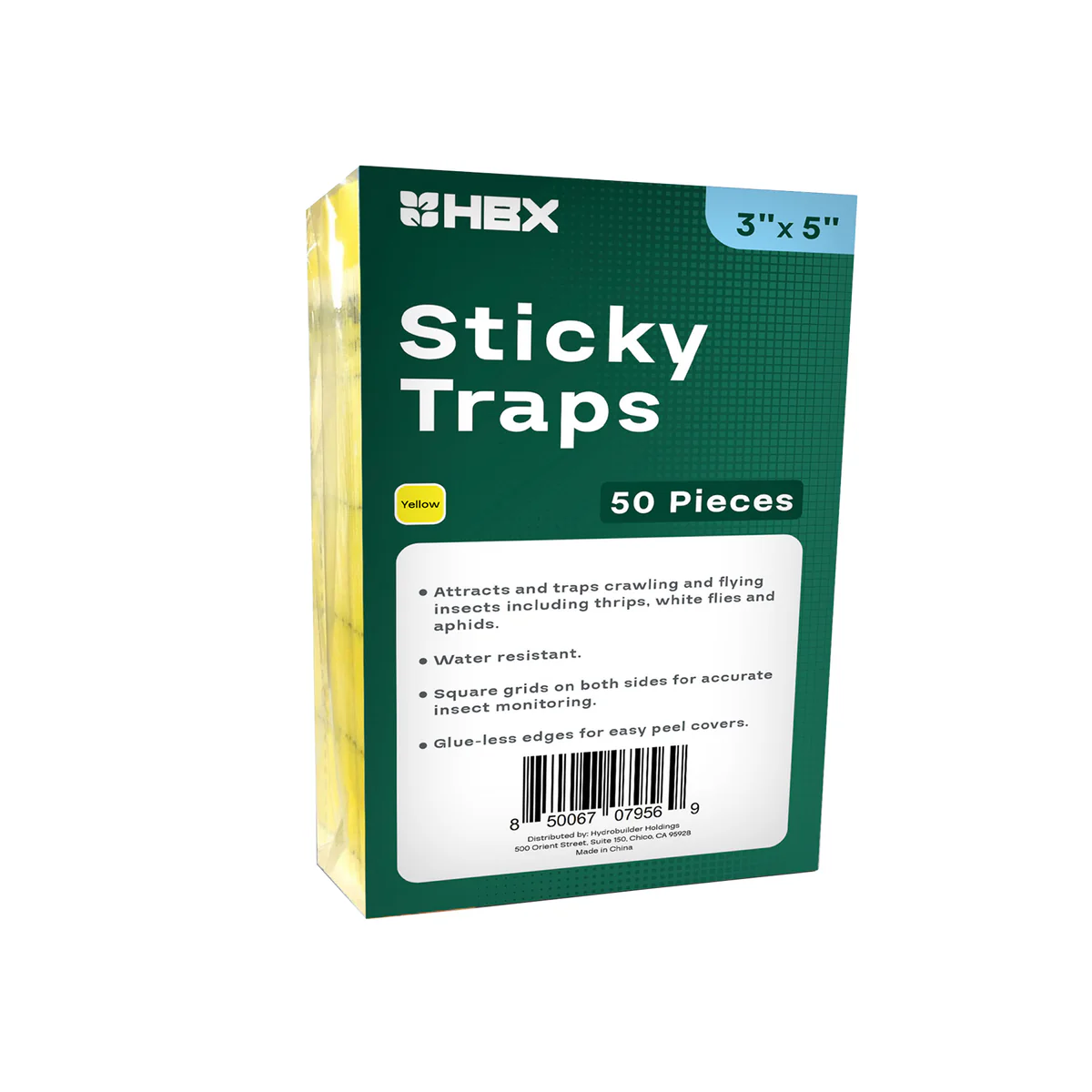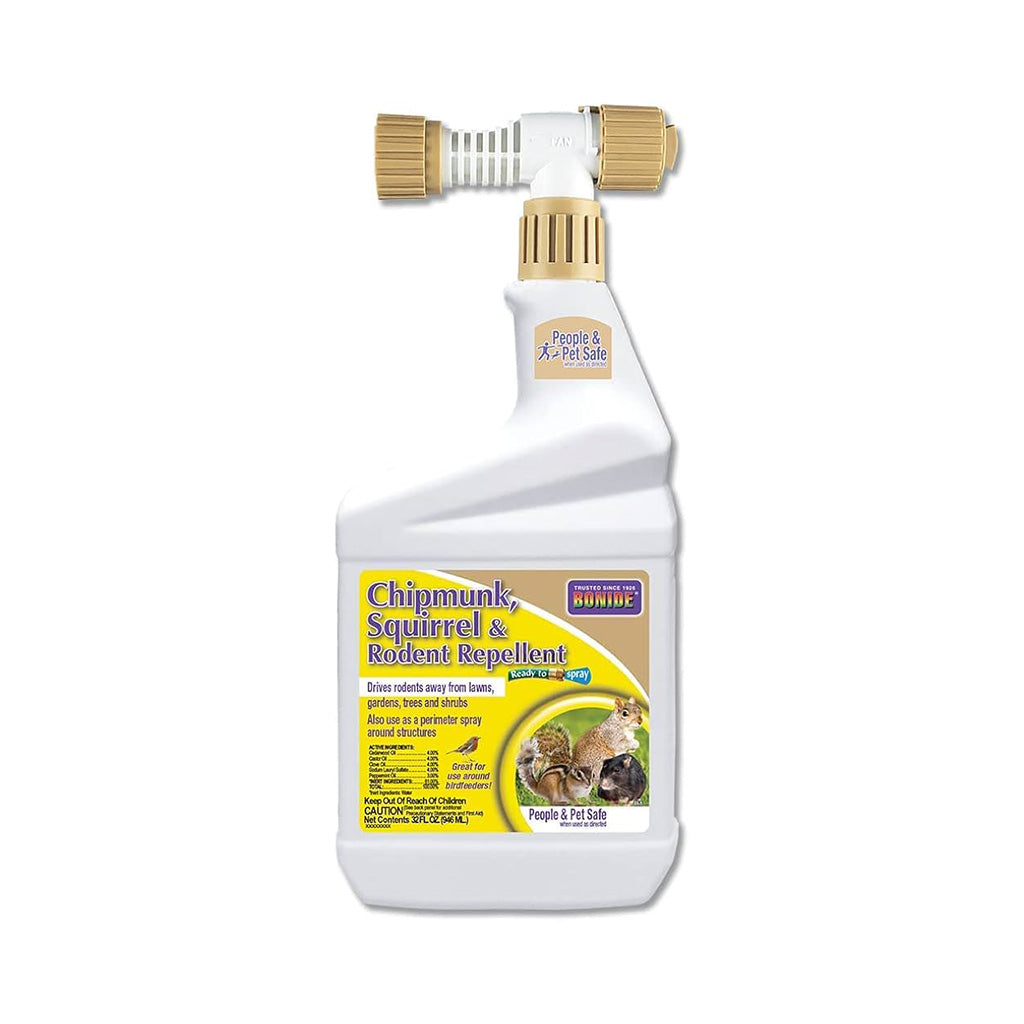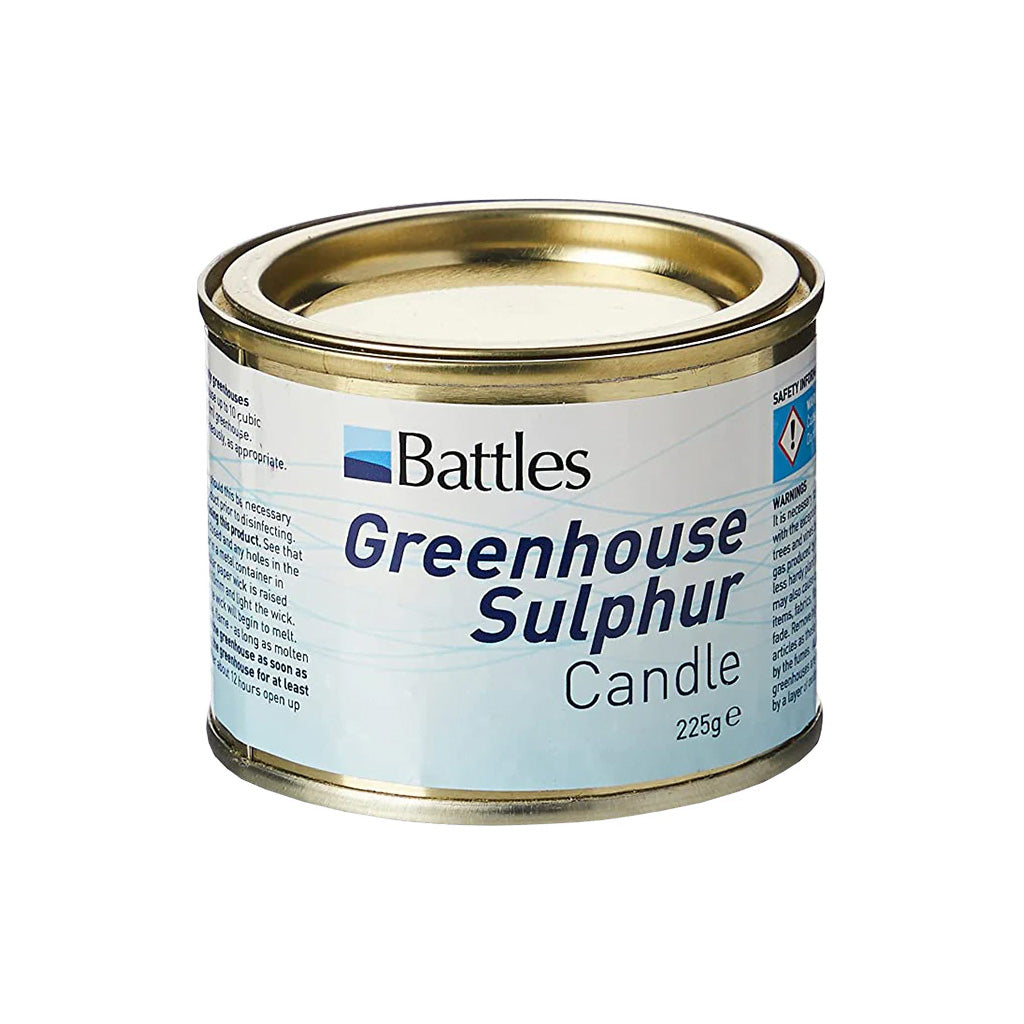Grow room and garden pest control is an aspect of growing that nobody likes dealing with. But, depending on where you are growing, you will likely experience insects and fungi on your plants at some point.
There are ways to decrease this likelihood, such as taking special care to monitor your environment. You can prevent excess humidity and temperature from welcoming insects and fungi into your growing space. But sometimes, you'll still find yourself dealing with an outbreak of bugs or mold.
Luckily, Hydrobuilder has the pesticides, fungicides, neem oil, and bug traps to keep your garden or grow room pest free! Find your favorite brands at the lowest prices.
How do I keep bugs and pests off my plants in the garden?
As aforementioned, the best way form of garden pest control is monitoring your environment. Higher moisture levels and temperatures will create an environment more prone to insect problems. Use dehumidifiers, fans, and air conditioners to prevent issues from arising in the first place.
How do you identify pests on plants?
Knowing which pest is present in your growing space is key to quick eradication. Some common insects you may find in your growing space are:
- Aphids- gray, black, or green bugs that harm your plants by sucking the juices from leaves, turning them yellow. They can easily be seen on the plant, commonly along the stems.
- Spider Mites- These tiny arachnids have oval bodies, and harm plants by piercing and sucking on plants, causing visible punctures. This results in fluid loss and can eventually cause death of plants if left uncorrected. They are often found underneath leaves, and these pests spread incredibly fast, so early detection is key.
- Fungus Gnats- These small, black insects have lanky legs and clear wings. Their larvae consume your plants roots, slowing or halting growth altogether.
- Whiteflies- These resemble tiny, white moths and cause effects very similar to spider mites, sucking juices from the leaves, leaving white spots and yellowing. These pests also contribute to mold development.
Eradicating pests from the grow room
Once you have identified which insects are giving you grief, eradication is simple. If you are still having trouble with identification, hanging traps will make it easy to closely inspect the insect.
At this point, your best option is to spray an insecticide or pesticide directly onto the foliage where the pests reside. Many growers are hesitant to use these for health reasons, but at Hydrobuilder we carry organic pesticides and insecticides along with OMRI listed pesticides!
Want more information on garden pest control? Check out our blog post!
How can I protect my plants from insects naturally?
There are few natural garden pest control tactics you can employ. First, ensure your environment is completely sealed off and humidity and temperature levels are ideal. The best way to prevent pests is growing indoors in a grow tent, making it almost impossible for pests to infiltrate your plants.
If you still find pests present, you can use traps which will attract the insects away from your plants. You can also use sulfur burners and evaporators to deter pests from your plants.
Neem oil is a great natural alternative to typical insecticides and pesticides. This product is less harsh on foliage, and best for smaller infestations. If you want to learn more about how to use neem oil, read our complete guide in our blog!
When you are shopping under our neem oil section, you'll notice some plant washes as well, also referred to as insecticidal soaps. These are another organic, natural pest control method, which can be used to remedy a myriad of issues. Similarly, we have a complete guide on how to use insecticidal soap in our blog if you are interested in learning more!
What are common diseases of plants?
There are a number of diseases and fungi that can harm your plants, with the most common being:
- >Powdery mildew- Caused by a fungus, this will cause leaves to turn a pale-yellow and may appear as a fuzzy, white abrasion mainly on the underside of leaves. It can also appear as a white powdery substance, causing stunted growth. PM is so common that we have an entire guide to prevention and treatment.
- Mold- Typically starting out as spots on the leaves of a plant, it turns into fuzzy, gray abrasions and eventually, brown and mushy. Mold can also look as if someone put wet baking soda on the plant. Leaves will wilt and appear tattered and bleached.
- Root Rot- This disease is caused by excess water and soil-borne pathogens. This causes a stunt in plant growth, a wilting in leaves, and mushy roots.
- Bud Rot-Similar to root rot, bud rot is a molding of your buds. Bud rot is an especially frustrating disease, since it occurs at the end of the plant life cycle right before harvest, resulting in a waste of the last few months time and resources.
How can plant diseases be prevented?
Just like with pest control, preventive measures are the best medicine. A common cause of molds and fungi are excess moisture in the growing space. Using a dehumidifier will greatly reduce the likelihood that mold and mildew will occur.
Using fungicides to eradicate illnesses
If you do spot disease on your foliage, quickly eradicating with a fungicide is easy. You will need to use a garden sprayer unless your fungicide includes a spray bottle.
Many of the fungicides we carry here at Hydrobuilder areorganic, or even OMRI listed! This way, you know what you are using is safe for your plants and yourself.
Which Product Is Right For Me?
There are so many different products here at Hydrobuilder, and each one has it's place in pest & disease control. To help make it easy for you, check out our year-end review of the best pesticides & fungicides, where we break down which product to use in which instance.
If you have any questions regarding grow room or garden pest control, give our experienced growers a call today at 888-815-9763 and let us help you diagnose the issue!
